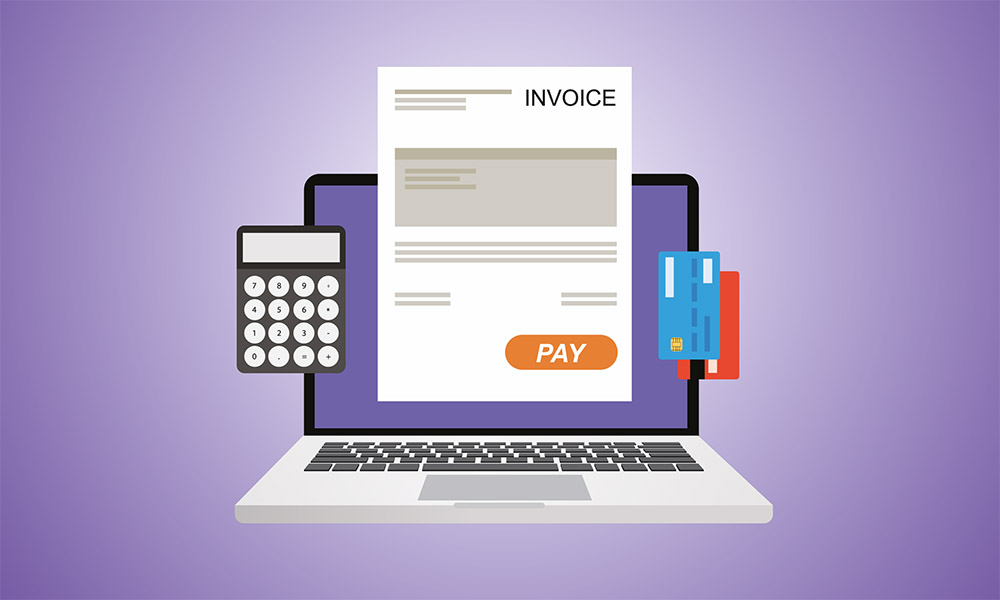Right now, invoices are often sent via email or dedicated software systems, but they aren’t really fully digital. As of next year, that is going to start to change.
Electronic is not the same as truly digital
Right now, a significant percentage of the invoices that are produced in Europe will be sent in electronic format and that is true in both the business to consumer worlds and the business to business worlds.
In many cases, however, these invoices are essentially just soft copies of the paper invoices that have been used throughout most of modern history. One set of financial professionals creates an invoice in their own systems, they then export this to a common file format and send it to the recipient who enters it into their own systems, often by the decades-old method of typing in the data by hand.
While acknowledging that this system is still a huge advance on sending paper invoices through the post, it’s still clear that it could be improved.
Universal Business Language is the next big improvement
The internet was built on Hypertext Mark-Up Language (HTML), which, at a basic level, is a collection of descriptive labels that instructed computers on how to display and, in some cases, process text.
Since those early days, the idea of using standardised labels to identify various forms of content has become fundamental to the workings of the internet and to IT in general. Universal Business Language (UBL) is one example of this; it is a set of standardized labels which can be used to describe the data commonly found in invoices.
What this means in practice is that when Company A creates an invoice to send to company B, that invoice will be immediately understandable to Company B’s computer systems with the result that the data from the invoice can be automatically imported and processed instead of being manually inputted by humans.
UBL has actually been around for about 10 years, but now the European Union is working hard to bring it to the point of mainstream adoption and it is highly likely that the EU will mandate the use of UBL for government-funded contracts at some point in the future.
UBL offers benefits to businesses of all sizes
For large companies, UBL is likely to be another step along the path of “real-time big data”, which has the potential to open up all kinds of exciting opportunities for company managers and other decision makers.
For smaller companies, UBL may mean that the time gap between invoicing and payment becomes much shorter – currently, large companies can take months to pay invoices (90 to 120 days is not that unusual). By removing the need for manual data entry and allowing computers to undertake much more of the basic work involved in invoice processing without the need for human assistance, it could become possible for larger companies to pay their smaller suppliers much more quickly.
UBL has great potential for businesses overall. Human error could be eradicated, because nobody is manually typing figures from a PDF invoice into their banking software or a spreadsheet, and processes could be streamlined effectively.

